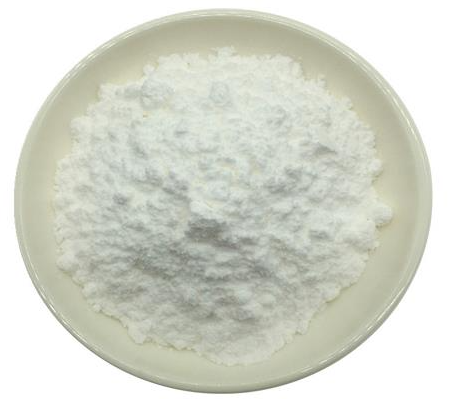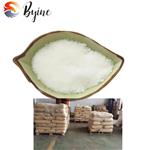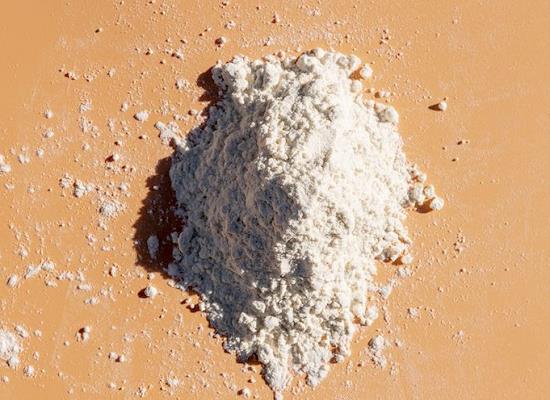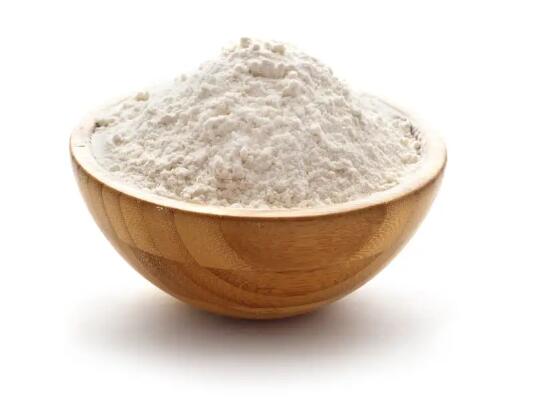Zinc Pyrithione: Clinical Applications in Triple-Negative Breast Cancer and Environmental Hazards
Description
Zinc pyrithione (ZPT) is an active material that has been used for over 50 years to effectively treat dandruff and seborrheic dermatitis (D/SD). It has become the most common material for that purpose, its use has expanded to include other skin benefits such as skin hygiene.

Efficacy
The efficacy of Zinc pyrithione originates from two attributes. First, it has a very broad antimicrobial spectrum of activity, including fungi, gram-positive and -negative bacteria. Second, the material has very low solubility, resulting in formulation and delivery as a particulate material, which has distinct performance advantages. The particles are deposited and retained on the target skin surfaces even when delivered from rinse-off products. These particles slowly release molecularly active material to interact with the surface fungal and bacteria cells to control their population, functioning as slow-release reservoirs to provide extended and persistent benefits.1
Clinical Applications in Triple-Negative Breast Cancer
Triple-negative breast cancer (TNBC) poses a considerable challenge due to its aggressive nature. Notably, metal ion-induced cell death, such as ferroptosis, has garnered significant attention and demonstrated potential implications for cancer. Recently, cuproptosis, a potent cell death pathway reliant on copper, has been identified. However, whether cuproptosis can be targeted for cancer treatment remains uncertain. Here, we screened the US Food and Drug Administration (FDA)-approved drug library and identified zinc pyrithione (ZnPT) as a compound that significantly inhibited TNBC progression. RNA sequencing revealed that ZnPT disrupted copper homeostasis. Furthermore, ZnPT facilitated the oligomerization of dihydrolipoamide S-acetyltransferase, a landmark molecule of cuproptosis. Clinically, high expression levels of cuproptosis-related proteins were significantly correlated with poor prognosis in TNBC patients. Collectively, these findings indicate that ZnPT can induce cell death by targeting and disrupting copper homeostasis, providing a potential experimental foundation for exploring cuproptosis as a target in drug discovery for TNBC patients.2
Environmental Hazards
A large Swedish study shows that it is broken down in wastewater plants and does not release into waterways. A Danish study shows that it biodegrades quickly, but that a risk of continuous leaching from boat paint may cause environmental toxicity.
1. Schwartz JR. Zinc Pyrithione: A Topical Antimicrobial With Complex Pharmaceutics. J Drugs Dermatol. 2016; 15(2): 140-144.
2. Yang X, Deng L, Diao X, et al. Targeting cuproptosis by zinc pyrithione in triple-negative breast cancer. iScience. 2023; 26(11): 108218.
References:
[1] XU YANG. Targeting cuproptosis by zinc pyrithione in triple-negative breast cancer.[J]. iScience, 2023, 26 11. DOI:10.1016/j.isci.2023.108218.Related articles And Qustion
Lastest Price from Zinc pyrithione manufacturers

US $150.00/kg2025-11-25
- CAS:
- 13463-41-7
- Min. Order:
- 1kg
- Purity:
- 99%
- Supply Ability:
- 20tons

US $0.00/KG2025-04-21
- CAS:
- 13463-41-7
- Min. Order:
- 1KG
- Purity:
- 99.0%
- Supply Ability:
- 1000kg/month





